Bionanomatrix™ is a natural, peptide-based technology that significantly improves procedural and post-implantation medical device outcomes. The technology’s coating and gel formulations have transformative applications across various specialties, including cardiology, orthopedics, dentistry, and neurology.
Application: Arteriovenous Fistula (AVF)
Stage of Development: IND-Enabling Testing
Need: 100,000 AVF surgeries per year
Size of Problem:
Application: Cardiovascular Stents, Flow Diverters, Angioplasty Balloons, Direct Pulp Capping, Knee Replacement
Stage of Development: Preclinical
Need: Restenosis rates range from 17-41%
Size of Problem:
The Bionanomatrix™ gel is a nitric oxide (NO)-releasing gel technology that is a peptide amphiphile (PA)-based formulation. It consists of a nanomatrix of self-assembling peptides with a dual functionality: one part binds endothelial cells to encourage healing, while the other releases NO in a controlled, sustained manner. The gel has potential applications in other vascular therapies as well.
Endothelial-Mimicking Structure: Mimics the natural endothelium to reduce inflammation and abnormal cell growth.
Controlled NO Release: Releases NO gradually over weeks, enhancing blood vessel dilation, minimizing clotting, and supporting cellular repair.
Tunable Composition: Customizable peptide ratios allow for controlled cell interaction and NO release, creating a stable gel for extended use without additional support.
The Bionanomatrix™ coating is a peptide-based innovation that mimics human tissue to promote healthy healing and the blood flow of arteries. The technology reduces implant rejection rates, postoperative complications, and mortality rates.
Large NO Supply: A reservoir for sustained release of NO promotes healthy vasodilation and inhibits inflammation.
Endothelial Cell Adhesive Molecule: An endothelial cell adhesive molecule, which promotes retention of endothelial cells.
Self-Assembling Amino Acids: Self-assembling amino acid chains that are free of solvents typically used in device coatings, which may cause inflammation or be toxic.
The technology not only supports initial recovery but also prevents the long-term complication of in-stent restenosis, the re-narrowing of vessels. By maintaining an optimal vessel diameter through its ongoing action, it helps sustain enhanced blood flow, preventing the need for additional interventions.
The NO-releasing technology creates a more conducive environment for natural tissue regeneration and integration, facilitating quicker and more effective healing around the implant site. NO’s anti-inflammatory properties are crucial in the context of implanted devices, where inflammation can hinder the healing process.
The technology continuously releases NO, a natural vasodilator, which plays a critical role in preventing the formation of blood clots. By promoting the widening of blood vessels, it ensures smooth blood flow and significantly reduces the risk of thrombosis, a common concern with implanted medical devices.
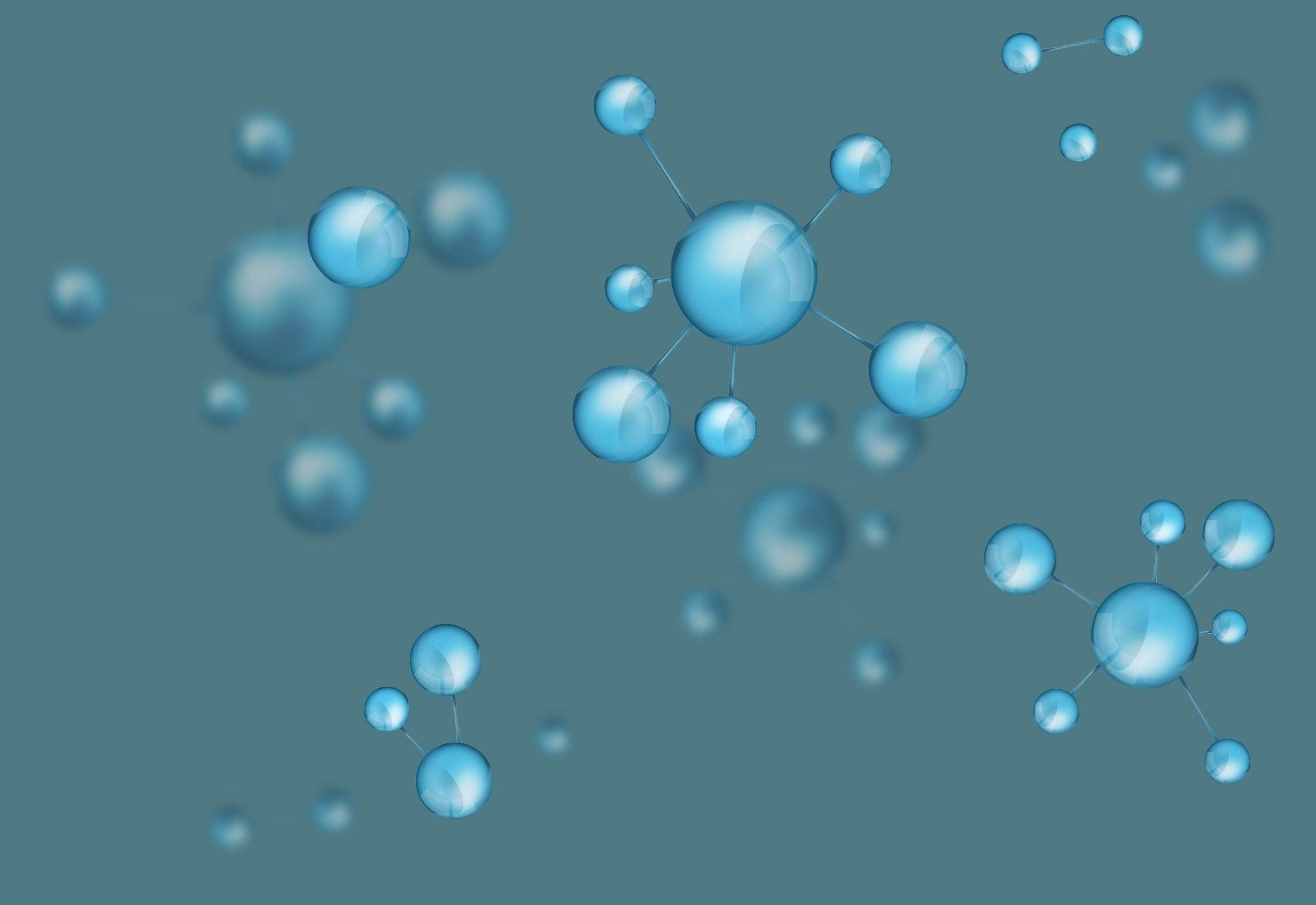
The broad applications of Bionanomatrix™ technology make it a game-changer for patient care.
The Bionanomatrix™ gel technology is engineered to enhance the success of AVFs, the preferred vascular access for dialysis, which often experience a 60% failure rate. This advanced formulation improves vasodilation, promotes healthy healing, and reduces neointimal hyperplasia. Not only does this directly address the critical factors behind AVF complications, it also significantly improves maturation outcomes.
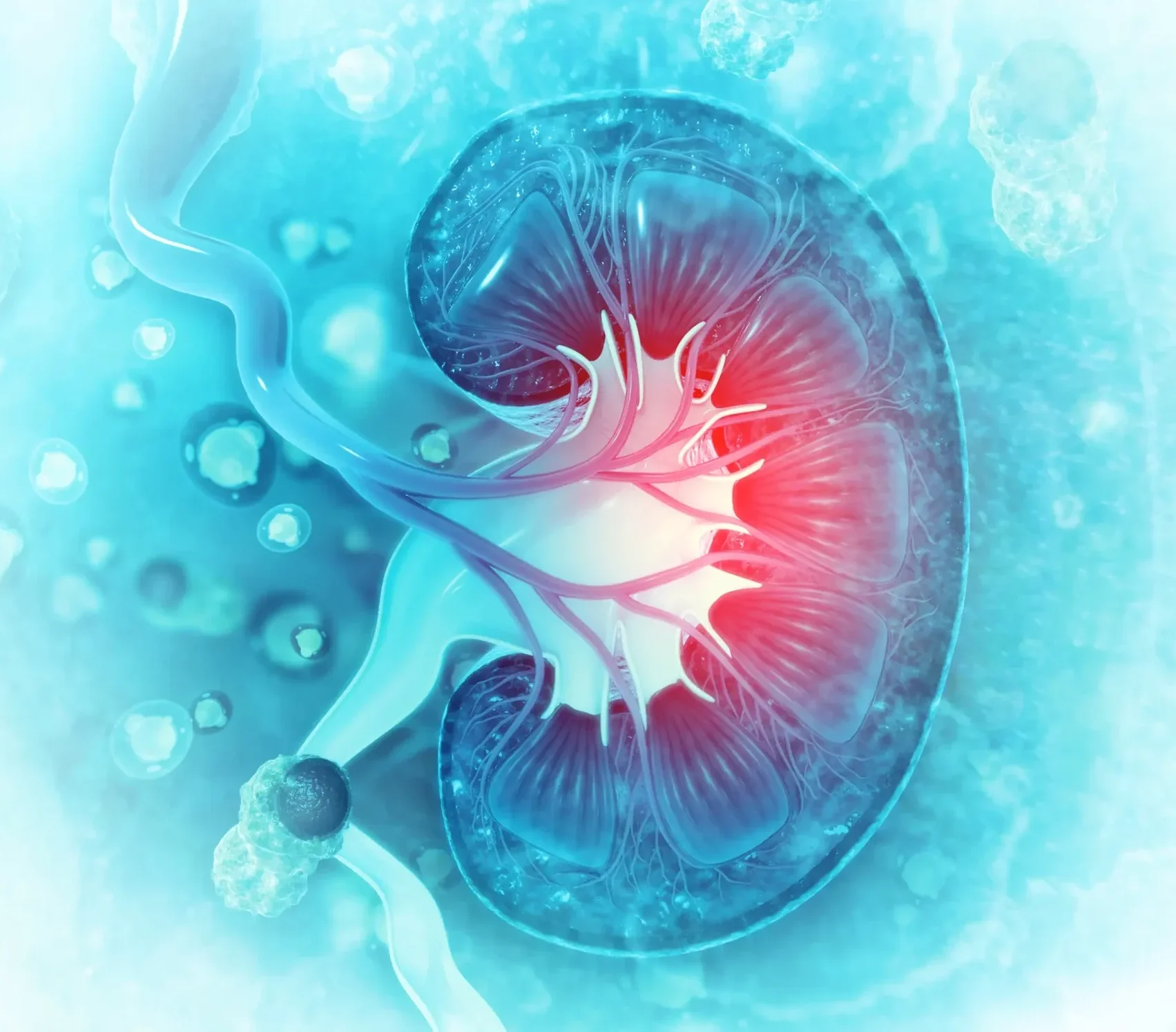
The Bionanomatrix™ coating technology significantly enhances the functionality of cardiovascular devices such as vascular grafts and stents. By reducing thrombosis risk, the coating minimizes blood clot formation, a frequent and serious post-operative complication. It also accelerates the biological integration of the implants with surrounding tissues, facilitating faster healing and improving overall recovery outcomes.
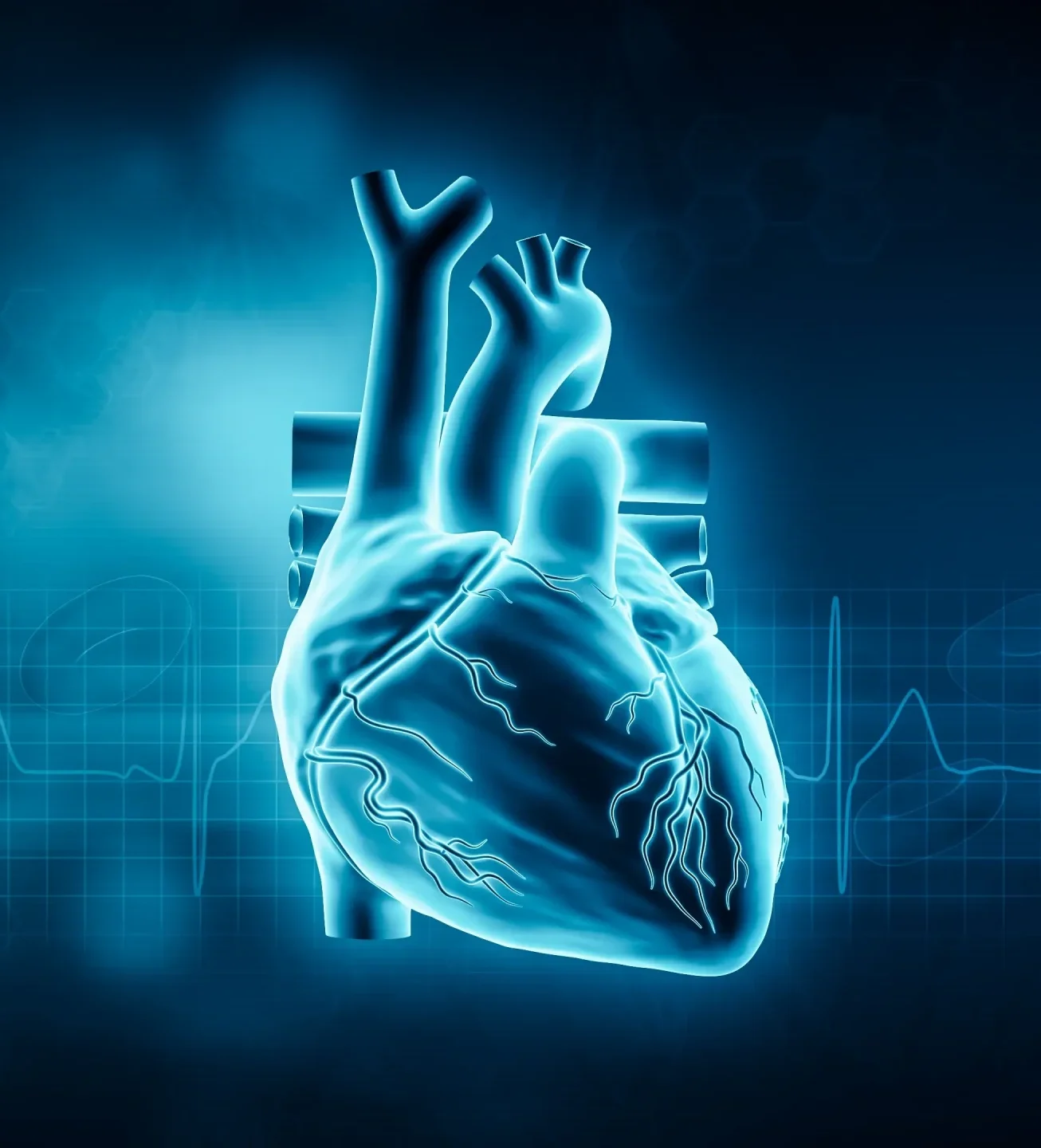
In orthopedics, the coating is pivotal in revolutionizing knee implant procedures. It delivers targeted antibiotics and NO to the implant site, effectively preventing post-surgical infections and reducing the likelihood of arthrofibrosis. This dual-action approach not only curtails the need for follow-up surgeries on account of complications but also enhances joint mobility and patient recovery.
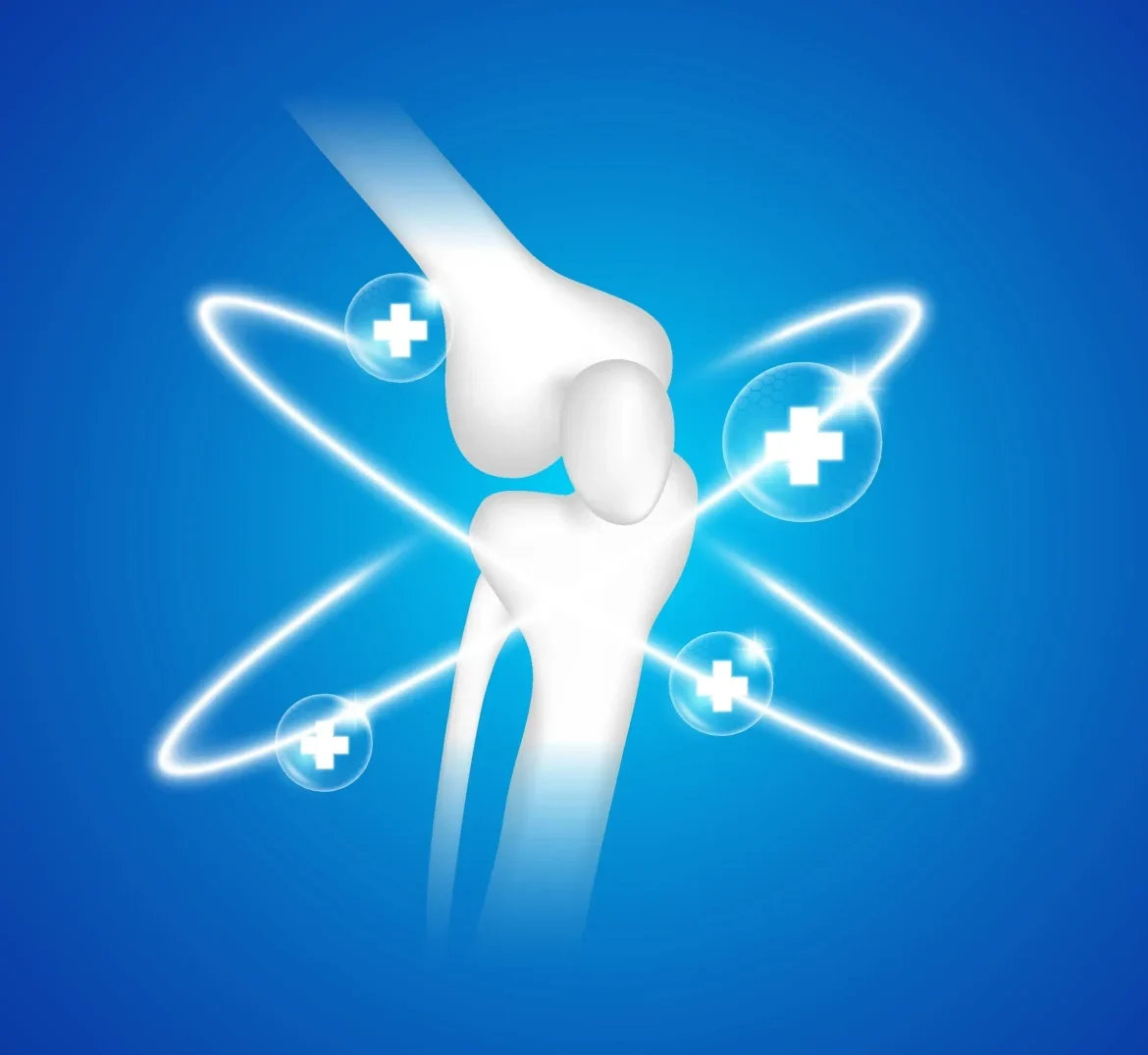
Through a strategic partnership with BISCO, Inc., Endomimetics™ is advancing the application of Bionanomatrix™ coating in the dental field. The technology is set to transform dental implant procedures and direct pulp capping by facilitating better bone integration and promoting healthy pulp tissue recovery. This will lead to more durable and reliable dental repairs, offering patients improved outcomes with fewer complications.
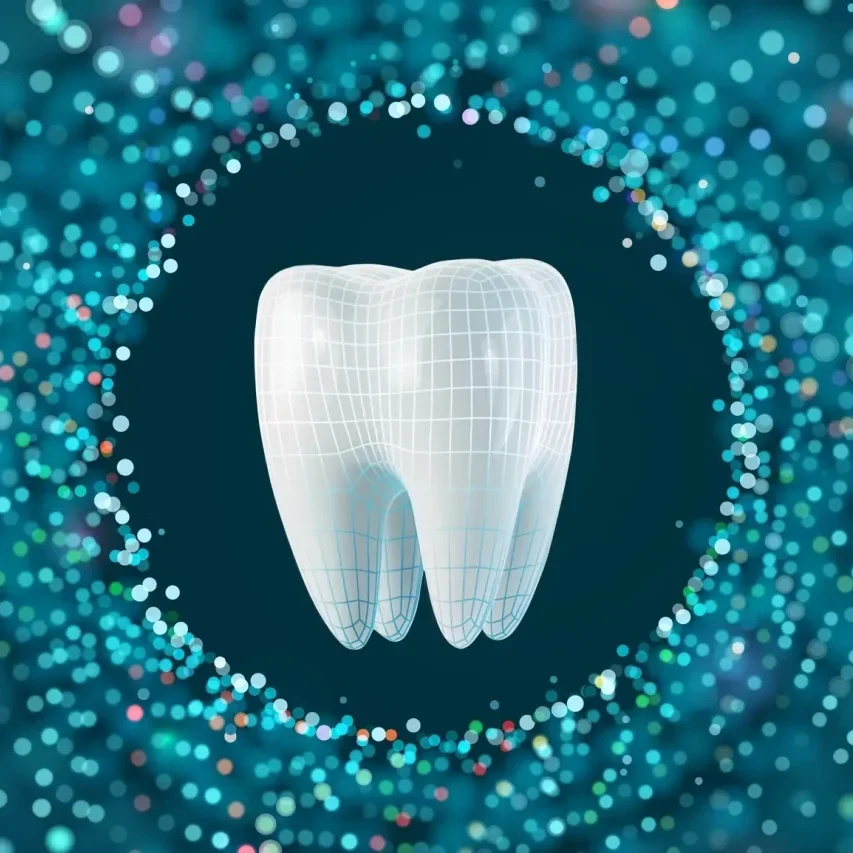
For brain aneurysm treatments, the Bionanomatrix™ coating application to flow diverters presents a groundbreaking advancement. It accelerates endothelialization over the diverter, sealing off aneurysms more effectively and diminishing the need for anticoagulants, which pose the risk of bleeding complications. Thus, it significantly enhances patient safety and sets a new standard in treating vascular anomalies in the brain.
